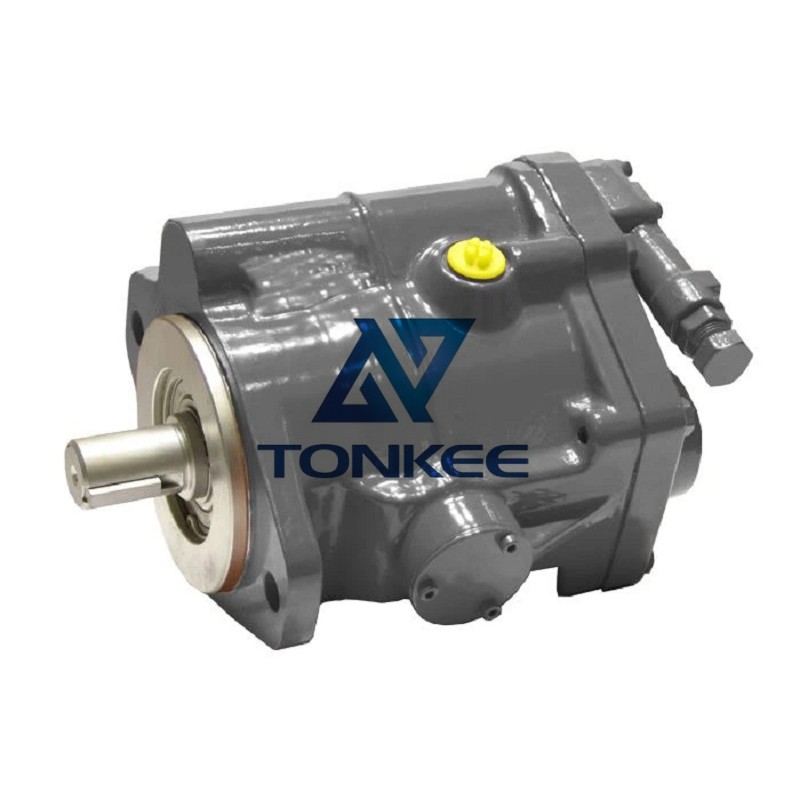
Pump Housing: The pump housing is a crucial component that provides structural support and protection for the internal parts of the pump.
It should be made of durable materials such as cast iron or steel, capable of withstanding high pressure and temperature conditions.
Rotor Assembly: The rotor assembly consists of the rotating elements within the pump, responsible for drawing in fluid and pressurizing it. It should be precisely machined to ensure smooth operation and optimal performance. The rotor assembly may include a drive shaft, vanes, and other associated components.
Vane Kit: The vane kit contains the vanes that slide in and out of the rotor slots, creating the pumping action. The vanes should be made of high-quality materials, such as carbon or composite, to withstand wear and maintain sealing efficiency. Proper vane dimensions and clearances are essential for optimal pump performance.
Seals and Gaskets: Seals and gaskets play a vital role in preventing fluid leakage within the pump. They should be made of compatible materials that can withstand the hydraulic fluid's properties and temperature variations. Common seal types used in the PVB20 hydraulic pump include O-rings, lip seals, and gaskets.
Bearings: Bearings provide support and reduce friction between rotating components. High-quality, precision bearings should be used to ensure smooth rotation and minimize energy losses. Bearings may include ball bearings, roller bearings, or other types suitable for the pump's design.
Shaft Seal: The shaft seal prevents fluid leakage along the drive shaft. It should have excellent sealing capabilities and be resistant to wear and degradation caused by the hydraulic fluid. Common types of shaft seals include lip seals, mechanical seals, or labyrinth seals.
Valve Plate Assembly: The valve plate assembly regulates the flow of fluid within the pump. It consists of valve plates, control ports, and other associated components. The valve plate assembly should be designed and manufactured to precise specifications to ensure proper fluid control and minimize internal leakage.
Pressure Relief Valve: The pressure relief valve protects the pump from excessive pressure by diverting fluid back to the reservoir when the pressure exceeds a predetermined limit.
It should be accurately calibrated and set to the required pressure range.
Drive Coupling: The drive coupling connects the pump to the power source, such as an electric motor or an engine. It should provide a secure and reliable connection, transferring power efficiently to the pump. The coupling should be compatible with the pump's input shaft and the power source's output shaft.
Filters: Filters are essential components that help remove contaminants from the hydraulic fluid, ensuring the pump's longevity and preventing damage to internal parts. Proper filter selection and regular maintenance are crucial to maintaining the pump's performance.




